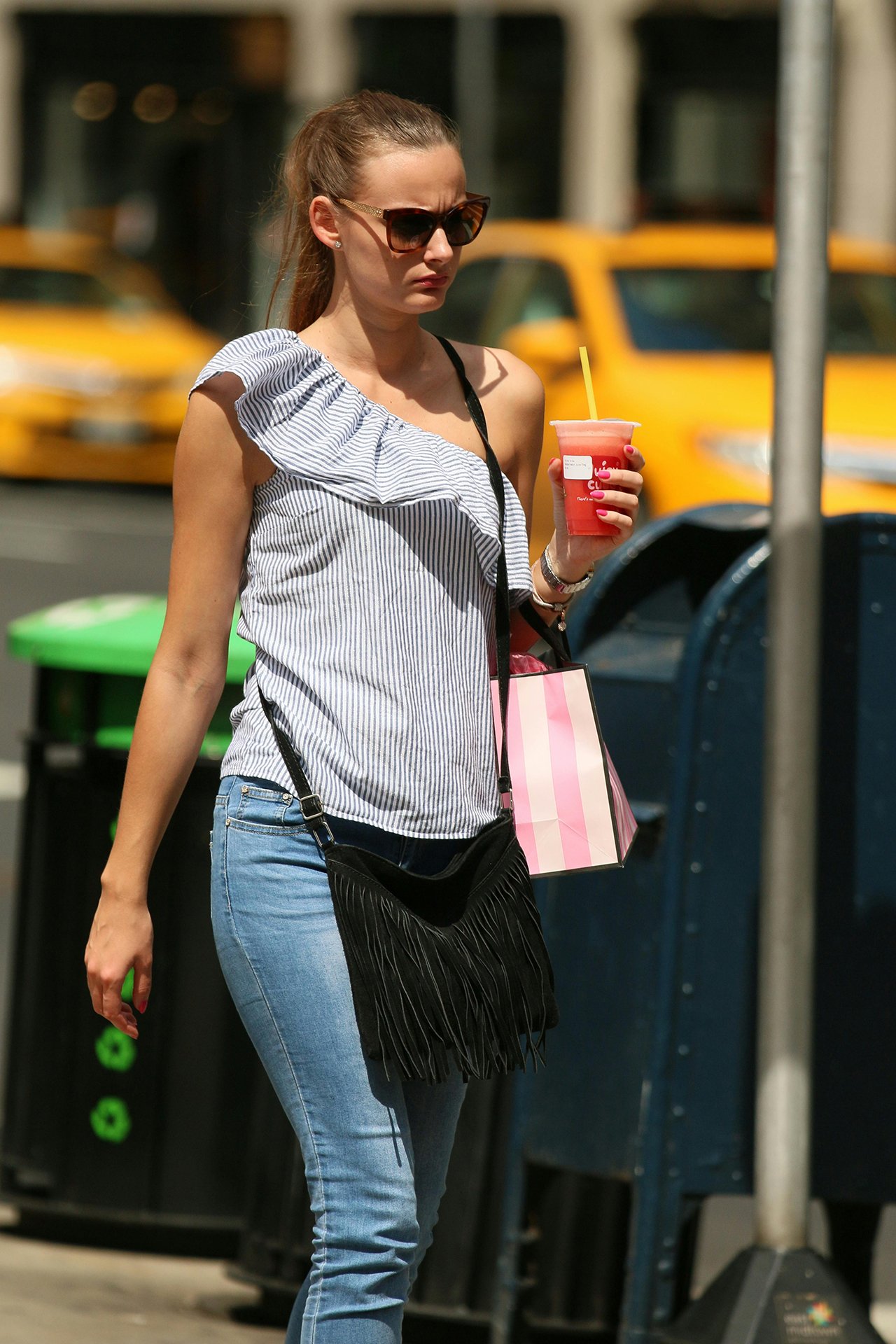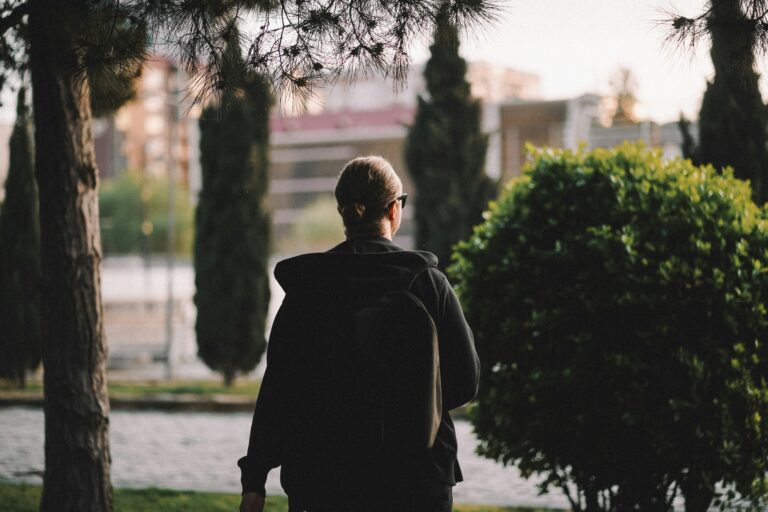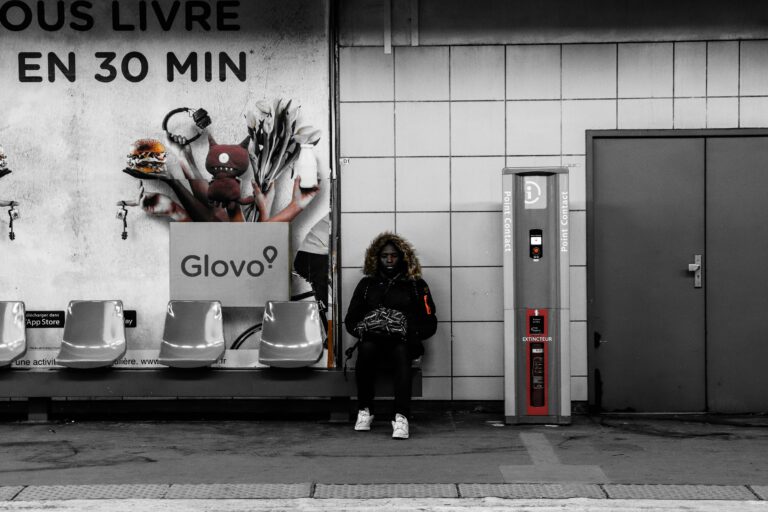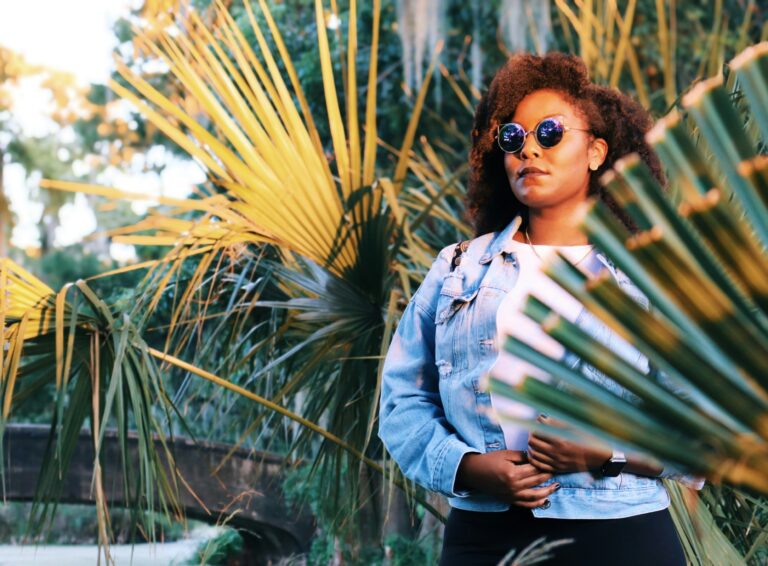Dive into the world of ready-to-wear fashion shows and discover how RTW collections have reshaped the fashion industry. This in-depth guide explores the evolution of fashion trends, the rise of ready-to-wear fashion, and its impact on both designers and consumers. Learn how recent fashion designers are revolutionizing runways, merging creativity with accessibility, and defining the …
Inside the World of Ready-to-Wear Fashion Shows: A Modern Fashion Evolution

Ready-to-wear fashion shows (also known as fashion RTW) are among the most influential platforms in the global fashion industry. They bridge the gap between haute couture and commercial fashion, spotlighting new fashion collections, revealing the latest fashion designer looks, and reflecting the ongoing fashion design history in real time.
In this article, we explore:
- What defines ready-to-wear fashion
- How ready-to-wear fashion shows operate
- Noteworthy recent fashion designers and their collections
- The historical evolution of RTW shows
- Highlights from iconic fashion weeks
Contents
- 1 What is Ready-to-Wear (RTW) Fashion?
- 2 The Role of Ready-to-Wear Fashion Shows
- 3 Recent Fashion Designers Making Waves in RTW
- 4 Noteworthy New Fashion Collections
- 5 RTW and Fashion Design History
- 6 What to Expect at a Ready-to-Wear Fashion Show
- 7 How RTW Differs from Haute Couture
- 8 Final Thoughts: RTW as the Future of Accessible Luxury
What is Ready-to-Wear (RTW) Fashion?
Ready-to-wear (RTW) or prêt-à-porter fashion refers to designer garments that are made in standardized sizes and sold through retail, without the need for custom tailoring.
Key Characteristics:
- Produced in collections by season (Spring/Summer, Fall/Winter)
- Mass manufactured but with designer-level creativity
- Worn by real consumers, not just red-carpet celebrities
RTW differs from haute couture, which is exclusively handcrafted, one-of-a-kind, and often inaccessible to the general public.
The Role of Ready-to-Wear Fashion Shows
Ready-to-wear fashion shows are where the world’s top designers present their seasonal collections to global audiences. These shows:
- Set fashion trends for the year
- Launch new fashion collections from luxury brands and emerging talents
- Influence fashion media, retail buyers, and stylists
Major RTW Fashion Weeks:
| City | Signature Shows | Notable RTW Designers |
| Paris | Paris Fashion Week (PFW) | Chanel, Dior, Balmain, Saint Laurent |
| Milan | Milan Fashion Week | Prada, Gucci, Fendi, Versace |
| New York | New York Fashion Week (NYFW) | Michael Kors, Proenza Schouler, Tory Burch |
| London | London Fashion Week | Burberry, Victoria Beckham, Simone Rocha |
Recent Fashion Designers Making Waves in RTW
Emerging and established designers alike define what’s next in fashion. Here are the recent fashion designers to watch who are shaping RTW:
Designers to Follow:
- Nensi Dojaka – Sensual sheer layers and architectural detailing
- Peter Do – Sharp tailoring with a futuristic edge
- Marine Serre – Eco-conscious designs with a signature crescent moon motif
- Thebe Magugu – South African heritage meets progressive silhouettes
- Jonathan Anderson (Loewe) – Avant-garde but wearable aesthetics
Noteworthy New Fashion Collections
Fall/Winter 2024 RTW Highlights:
- Prada – Uniform-inspired ensembles with oversized blazers
- Dior – Empowered femininity with bold, structured coats
- Loewe – Sculptural draping and surreal accessories
- Chanel – A return to classic tweed with wintery hues
Spring/Summer 2025 (Forecasted Themes):
- Sheer layering and naked dressing
- Eco-luxury with natural fibers and upcycled materials
- Utility chic—functional yet fashionable silhouettes
- Gender-fluid tailoring
RTW and Fashion Design History
The history of fashion design has evolved significantly with the rise of RTW:
Timeline of RTW Evolution:
- 1950s–60s: Yves Saint Laurent popularized RTW with “Rive Gauche”
- 1970s–80s: Calvin Klein and Donna Karan elevated American RTW
- 1990s–2000s: Rise of minimalism and supermodel era RTW dominance
- 2010s–2020s: Emergence of sustainable fashion and digital runway shows
RTW fashion today honors tradition while experimenting with materials, gender roles, and technology.
What to Expect at a Ready-to-Wear Fashion Show
Attending or watching an RTW show gives you a direct view into:
- Fashion designer looks before they hit stores
- Styling ideas for everyday wear
- Color and fabric trends for the upcoming season
- Insight into fashion’s social and cultural shifts
Shows are typically attended by:
- Retail buyers (for department stores and boutiques)
- Fashion journalists and bloggers
- Stylists and celebrities
- Influencers and trend forecasters
How RTW Differs from Haute Couture
| Feature | Ready-to-Wear (RTW) | Haute Couture |
| Production | Mass-produced | Made-to-measure |
| Price Point | Mid to high | Ultra-high/luxury |
| Audience | Public, fashion-forward | Ultra-wealthy private clients |
| Timeline | Seasonal, fast-paced | Long production times |
| Design Experimentation | Balanced with practicality | Unrestrained artistic vision |
FAQs – Ready-to-Wear Fashion Shows & Trends
1. What is ready-to-wear fashion?
Ready-to-wear (RTW) refers to mass-produced clothing that is made in standard sizes and sold directly to consumers, unlike haute couture which is custom-fitted. RTW collections balance design with wearability and are showcased at fashion weeks around the world.
2. How is ready-to-wear different from haute couture?
Haute couture is custom-made for individual clients and often features intricate handcrafting, while ready-to-wear is produced in factories for wider commercial distribution. RTW is more affordable and accessible.
3. What is a ready-to-wear fashion show?
An RTW fashion show is a runway presentation where designers unveil their latest wearable collections for the upcoming season. These shows are part of global fashion weeks, including Paris, Milan, New York, and London.
4. Why are RTW fashion shows important?
RTW shows set seasonal fashion trends, generate media coverage, attract buyers and retailers, and reflect the designer’s creative direction in a commercially viable way. They often influence what’s seen in stores and online.
5. Who are some recent fashion designers dominating RTW shows?
Contemporary designers like Marine Serre, Simon Porte Jacquemus, Peter Do, Kenneth Ize, and Thebe Magugu have brought fresh perspectives to RTW, blending innovation with cultural narratives.
6. What is the fashion month schedule for RTW collections?
Fashion month happens twice a year:
- Fall/Winter collections: February–March
- Spring/Summer collections: September–October
The four major fashion capitals—New York, London, Milan, Paris—host RTW shows in that order.
7. Are there specific brands known for ready-to-wear collections?
Yes, iconic RTW brands include Chanel, Dior, Louis Vuitton, Prada, Gucci, Balenciaga, and Saint Laurent. These brands mix craftsmanship with large-scale production.
8. What is the significance of Paris Fashion Week for RTW?
Paris Fashion Week is considered the pinnacle of RTW showcases. It’s where many luxury houses unveil collections that blend artistic vision with wearable silhouettes for a global audience.
9. How have RTW collections evolved over time?
Originally viewed as secondary to couture, RTW has now become the main revenue driver for most brands. Today, RTW includes elements of streetwear, gender-fluidity, digital fashion, and sustainability.
10. What role does digital media play in RTW fashion shows?
Social media and live-streamed shows allow global audiences to engage in real-time. Influencers, stylists, and fashion enthusiasts help amplify trends instantly across platforms like Instagram, TikTok, and YouTube.
11. What’s the difference between ready-to-wear and fast fashion?
Ready-to-wear prioritizes quality, creative direction, and trendsetting, while fast fashion focuses on quick mass production of trend-based styles at low prices, often with environmental concerns.
12. Can new designers participate in RTW fashion weeks?
Yes. Platforms like Fashion Scout, Who’s Next Paris, or LVMH Prize support emerging designers. Many new fashion graduates also debut RTW collections at alternative fashion events or digitally.
13. How do fashion buyers use RTW shows?
Buyers from department stores, boutiques, and online retailers attend RTW shows to select pieces for their next season’s inventory, helping to determine which looks reach consumers.
14. What is fashion RTW in the digital age?
RTW is increasingly influenced by tech: 3D design software, virtual shows, digital fitting rooms, and NFT fashion drops are transforming how collections are created, viewed, and bought.
15. Why is RTW fashion significant for consumers?
RTW allows fashion lovers to access designer creativity without couture pricing. It offers aspirational yet practical fashion choices for modern lifestyles.
Final Thoughts: RTW as the Future of Accessible Luxury
Ready-to-wear fashion shows continue to lead the evolution of the global fashion narrative. From launching new fashion collections to showcasing recent fashion designers, these shows are instrumental in shaping style and identity across the world.
As fashion becomes more inclusive, sustainable, and digitally driven, the RTW space will remain the industry’s core—where creativity meets commerce, and style meets everyday wearability.
✅ Stay in Vogue
Bookmark this page to keep up with the latest fashion RTW shows, discover fashion designer looks, and explore the living history of fashion design through the ever-evolving world of ready-to-wear fashion.

Shikha Singh
Keep in touch with our news & offers
Subscribe to Our Newsletter
Thank you for subscribing to the newsletter.
Oops. Something went wrong. Please try again later.






